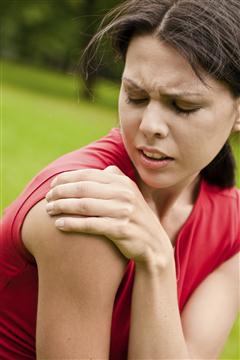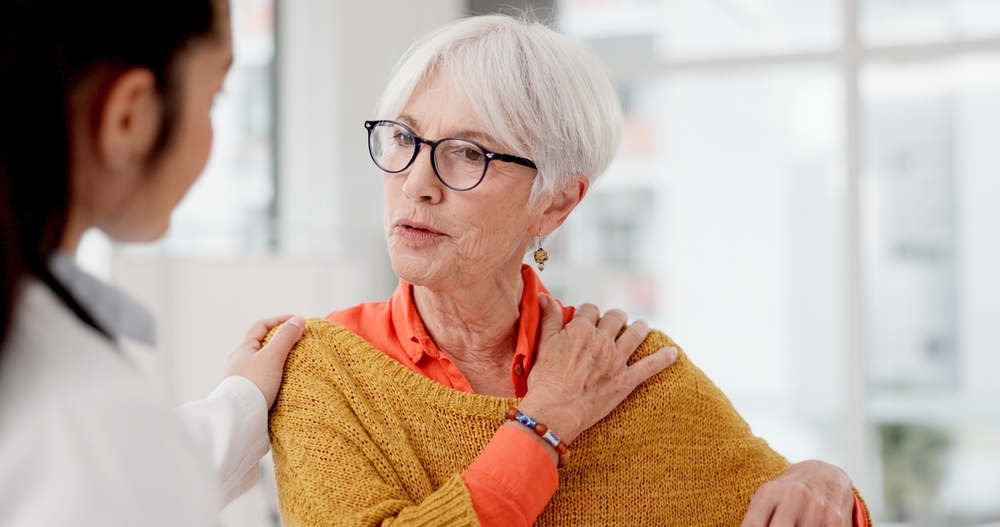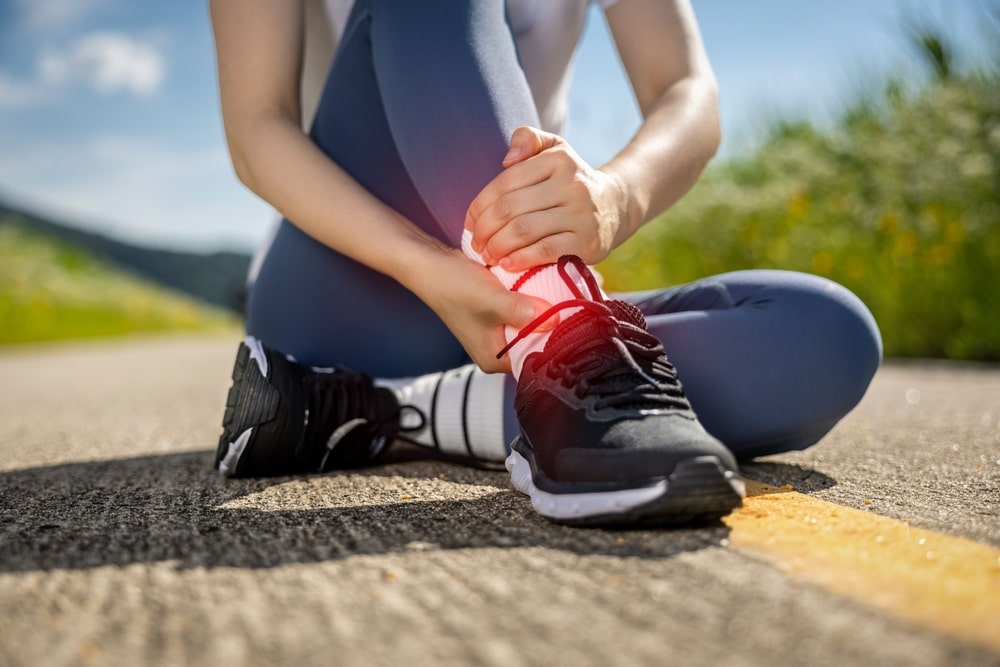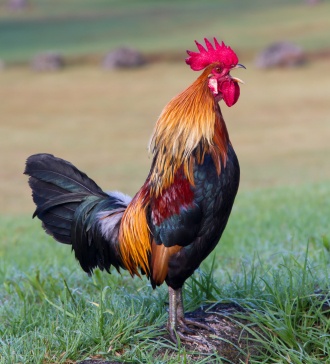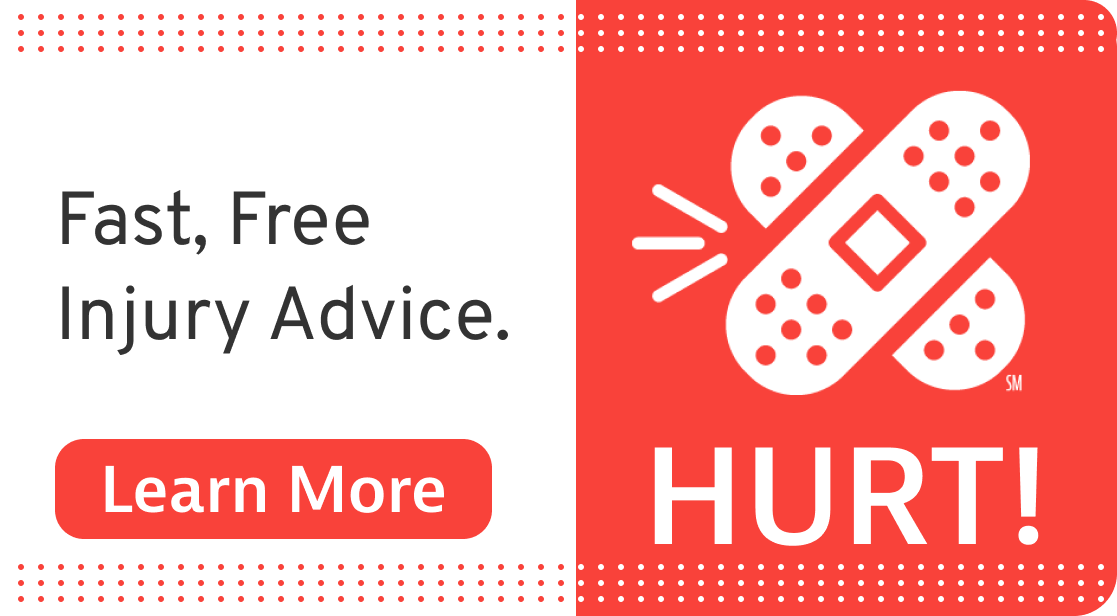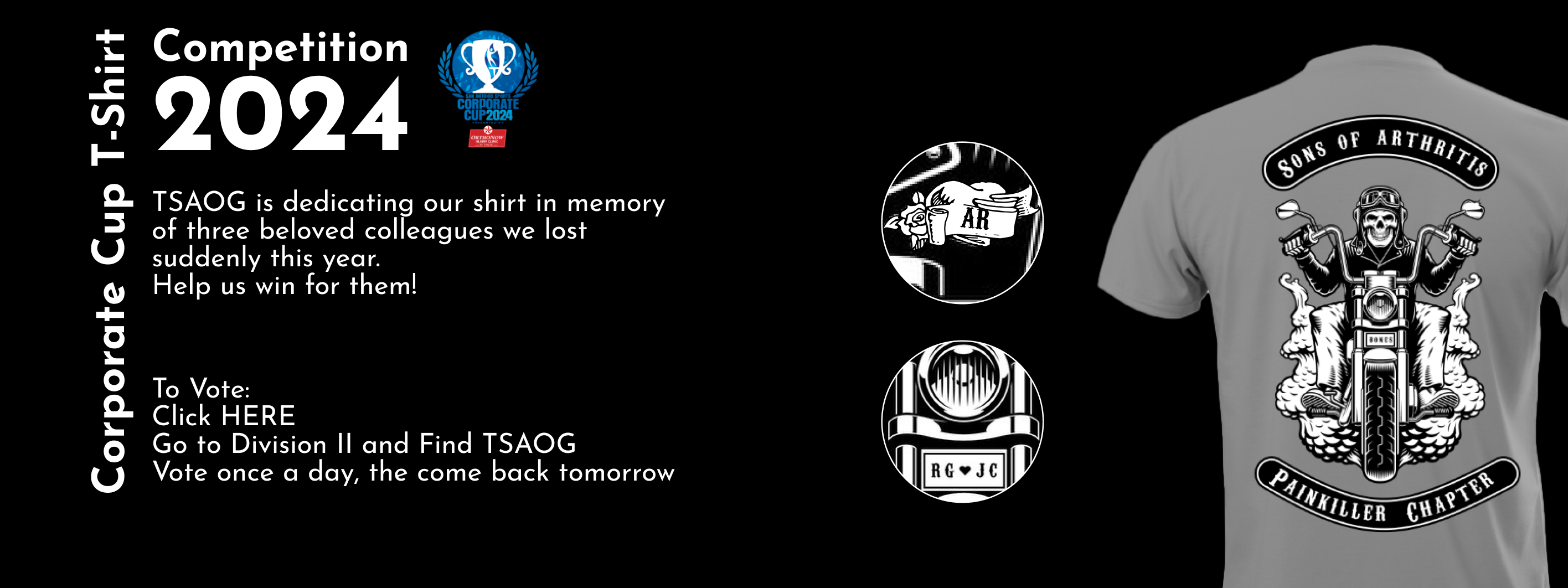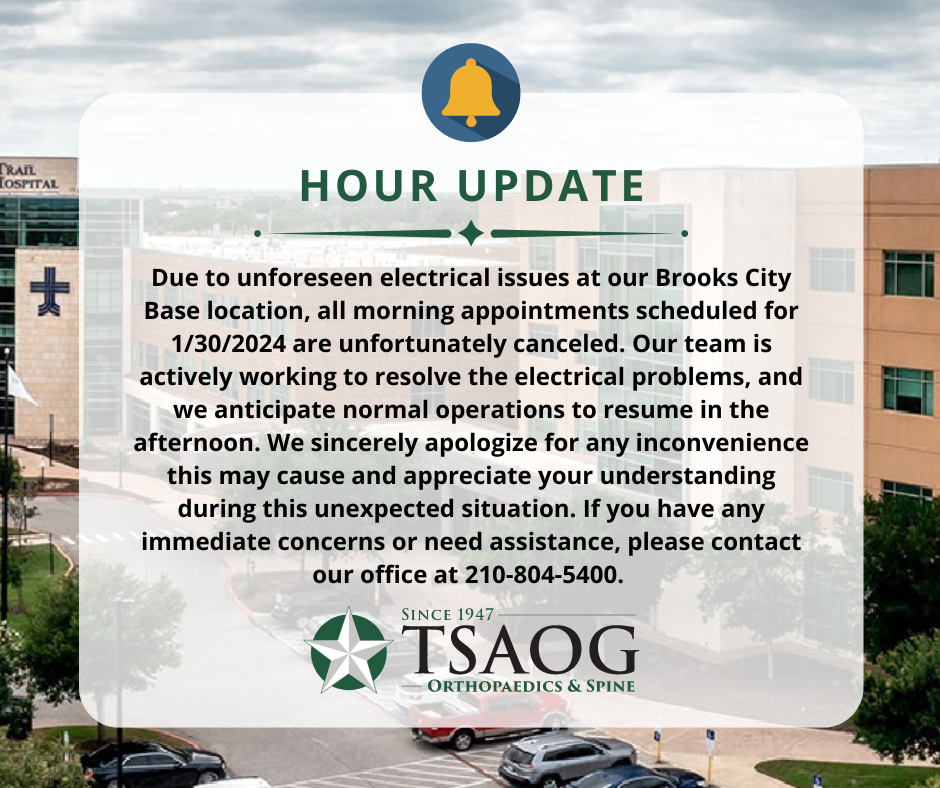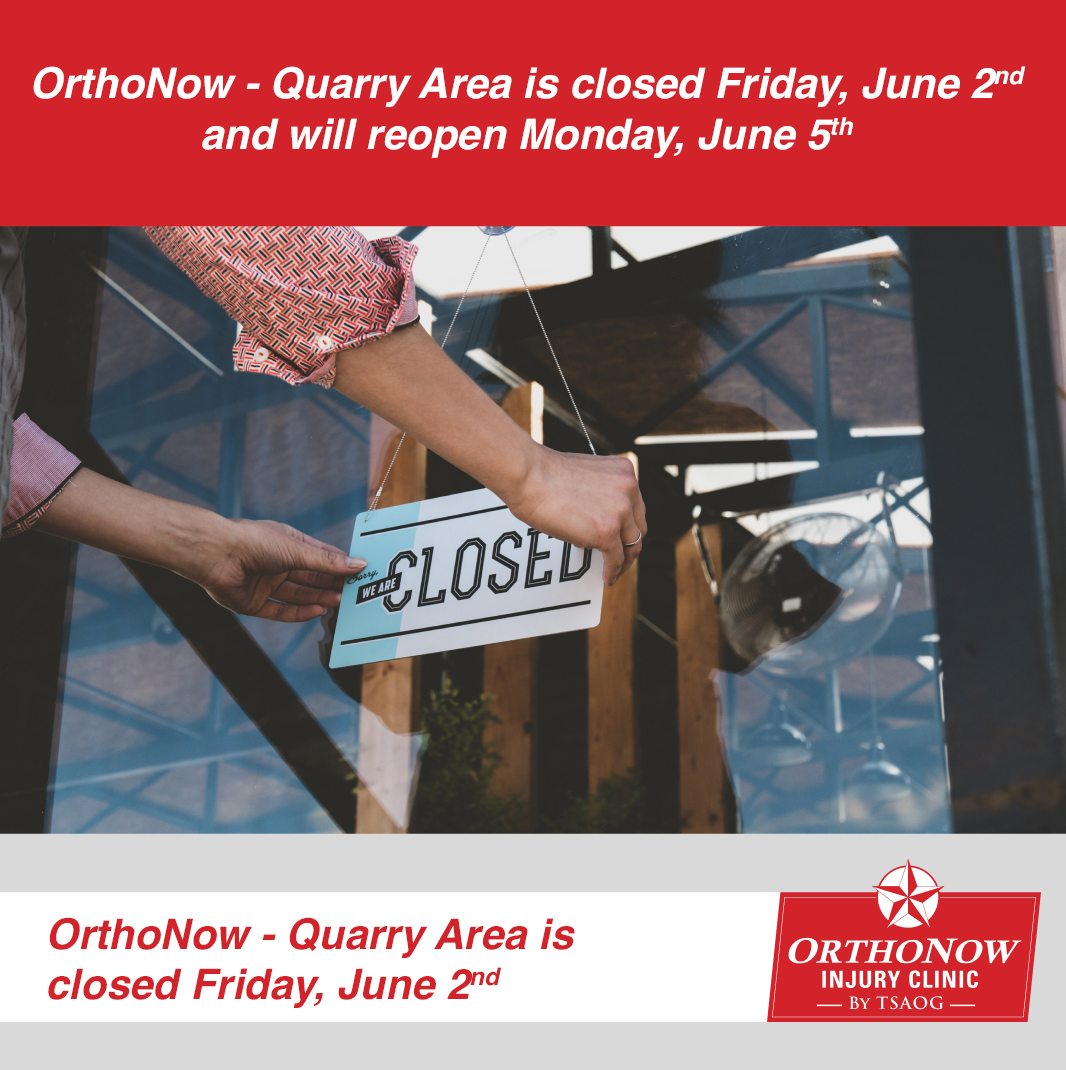Injuries to the shoulder are common. Injury of the Acromio-Clavicular (AC) joint (where the shoulder blade meets the collarbone) usually involves a fall directly onto the shoulder. The common term for this type of injury is a “separated shoulder.”
The main stabilizers of the AC joint are the AC joint capsule and the coraco-clavicular (CC) ligaments. The AC joint capsule is more important for back and forth stability and the CC ligaments are more important for superior to inferior stability. The CC ligaments are two separate structures that run from the front of the shoulder blade to the part of collarbone closer to shoulder.
As with most bony fractures or dislocations, the orthopaedic community has a classification system for describing AC joint injuries. There are six types:
- Type I – Sprain of the AC joint capsule with intact CC ligaments
- Type II – Tear of the AC joint capsule and partial injury of CC ligaments, with minimal elevation of the end of the collarbone
- Type III – Complete injury of AC joint capsule and the CC ligaments, resulting in 100% displacement of the end of the clavicle above the AC joint
- Type IV – Posterior displacement of distal end of clavicle into the muscle layer surrounding the clavicle
- Type V – Gross displacement of the distal end of clavicle with >100% superior elevation and usually has a very visible deformity
- Type VI – Inferior displacement of distal end of clavicle below the acromion process which is a part of the shoulder blade below the clavicle (extremely uncommon)
The good news is that most injuries involving the AC joint are types I, II and III and most of these injuries can be treated without surgery. Types IV, V and VI are treated surgically. There is some controversy regarding the preferred treatment of type III injuries, but most are treated conservatively. However, if the patient is an overhead thrower/athlete/laborer, does not want have a bump on the clavicle with it being elevated, or continues to have pain after attempts at conservative treatment, then surgical intervention for a type III injury may be indicated.
I perform the surgery using minimally invasive arthroscopic techniques to reconstruct the CC ligaments. This is done as an outpatient procedure. If the AC joint is arthritic from pre-existing conditions, then I often perform a distal clavicle excision (removal of the end part of the clavicle) at the same time in order to prevent further degeneration and pain after recovery from the surgery.
Recovery is quite long with a total rehabilitation process lasting close to 5 months. Initially, the shoulder is kept quiet in a sling and only simple range of motion (ROM) exercises are performed. This is followed by gradual increase of ROM and finally strengthening.
Click here for additional information and graphics.
Dr. B. Christian Balldin is an orthopaedic surgeon, fellowship trained in sports medicine. He treats patients aged 3 years and up for all orthopaedic conditions with the exception of the spine and has a special interest in sports-related injuries and arthroscopic surgery. If you would like to schedule an appointment with Dr. Balldin, please call 210.281.9595.
